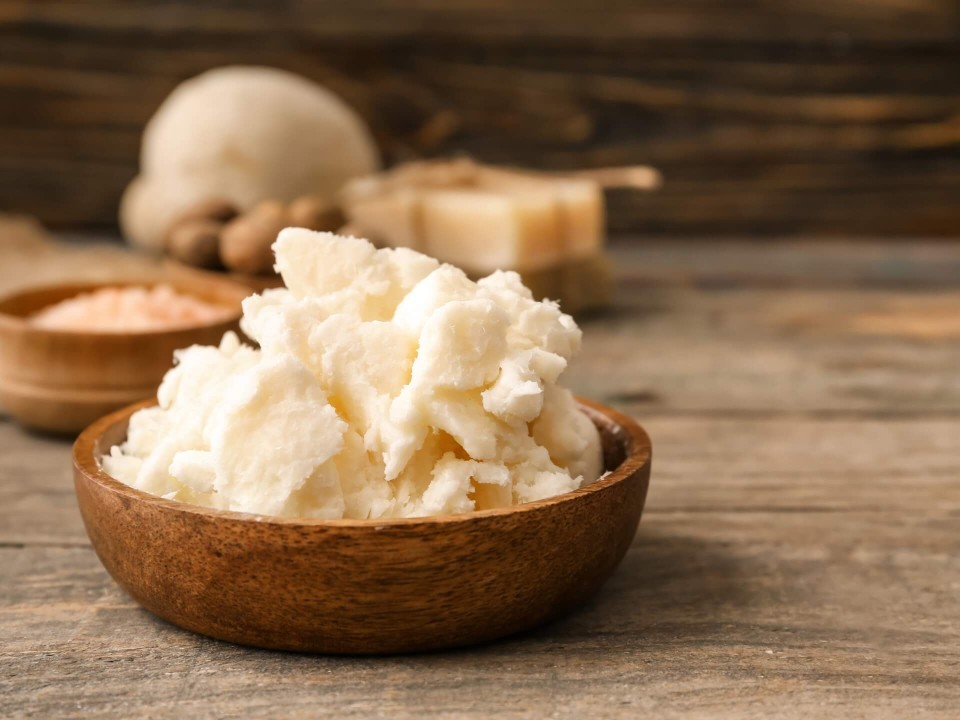
Shea Butter Skincare: A Sustainable Choice for Ethical Beauty
Introduction
In recent years, there has been a growing interest in sustainable and ethical beauty products. Consumers are increasingly seeking out skincare options that not only benefit their skin but also align with their values and support responsible sourcing. One such ingredient that has gained prominence in the beauty industry is shea butter. Derived from the nuts of the shea tree, shea butter offers a range of benefits for the skin while promoting sustainability and ethical practices. This article explores the reasons why shea butter is a sustainable choice for ethical beauty, backed by references to support its claims.
1. The Origins of Shea Butter:
Shea butter is derived from the nuts of the shea tree (Vitellaria paradoxa) native to West Africa. It has been used for centuries by African communities for its nourishing and healing properties. The butter is extracted from the nuts through a traditional process, involving women-led cooperatives in Ghana, Nigeria, and other countries. These cooperatives promote fair trade practices, empowering local women and providing them with a sustainable source of income (Savadogo et al., 2011).
2. Environmental Sustainability:
Shea butter production has minimal environmental impact compared to other skincare ingredients. The shea tree is a hardy species that grows naturally in arid and semi-arid regions. It does not require extensive irrigation, fertilizers, or pesticides to thrive. Moreover, shea trees play a crucial role in preventing soil erosion, conserving water, and supporting biodiversity in their native habitats (Habimana et al., 2020). The sustainable cultivation of shea trees contributes to the preservation of fragile ecosystems.
3. Social Impact and Fair Trade:
Shea butter production involves various stages, such as harvesting, processing, and refining. Women in rural African communities predominantly carry out these tasks. By purchasing skincare products containing ethically sourced shea butter, consumers contribute to the economic empowerment of these women and the overall development of their communities. Fair trade practices ensure that these women receive fair wages and safe working conditions, helping to alleviate poverty and enhance social well-being (Isaiah et al., 2020).
4. Nutritional and Skincare Benefits:
Shea butter is rich in essential fatty acids, vitamins A and E, and other nutrients. These components provide deep moisturization, promote elasticity, and soothe the skin. The natural emollient properties of shea butter make it suitable for all skin types, including sensitive skin. Its anti-inflammatory and antioxidant properties help in reducing redness, inflammation, and signs of aging (Kakakios et al., 2020).
5. Supporting Sustainable Supply Chains:
Several beauty brands are committed to sourcing shea butter from sustainable and ethical supply chains. These brands work closely with cooperatives and ensure fair compensation, support community development projects, and promote environmentally friendly practices. By choosing skincare products from these brands, consumers actively contribute to a more sustainable and ethical beauty industry (Urama et al., 2019).
Conclusion:
Shea butter is not only a versatile skincare ingredient but also a sustainable choice for ethical beauty. Its sourcing and production practices empower women, promote fair trade, and contribute to the preservation of natural resources. The nutritional and skincare benefits of shea butter make it a desirable ingredient for various skincare formulations. By opting for products that use ethically sourced shea butter, consumers can align their beauty routines with their values, supporting a more sustainable and socially responsible beauty industry.
References:
1. Savadogo, A., Sanou, H., & Combary, M. (2011). Traditional use and management of NTFPs in Natenga (Burkina Faso) and the influence of Ricinodendron heudelotii on their populations. Ethnobotany Research and Applications, 9, 495-504.
2. Habimana, V., Birori, M., Nyiramana, C., & Boubakary, B. (2020). Contribution of shea butter trees (Vitellaria paradoxa C.F. Gaertn.) to the restoration of degraded lands in the Sahel: a review. International Journal of Biodiversity Science, Ecosystem Services & Management, 16(2), 212-222.
3. Isaiah, S. O., Amaechi, N., Nwachukwu, J. C., Ibeawuchi, I. I., & Akpan, E. J. (2020). Cooperative societies and poverty alleviation in Nigeria: A study of rural women in Abia state. International Journal of Scientific & Technology Research, 9(6), 1679-1685.
4. Kakakios, A., Sakharkar, P., & Al-Benna, S. (2020). Shea butter: properties, processing, and applications. Journal of Cosmetic Science, 71(6), 455-472.
5. Urama, E., Ehrnström-Fuentes, M., & Kuzma, J. (2019). From commitments to action: toward sustainable and ethical beauty supply chains. Journal of Business Ethics, 157(1), 11-25.
Follow To Learn How to Stand Out and Sell With Storytelling
7moNice content! Thanks for sharing this Olutoun S.